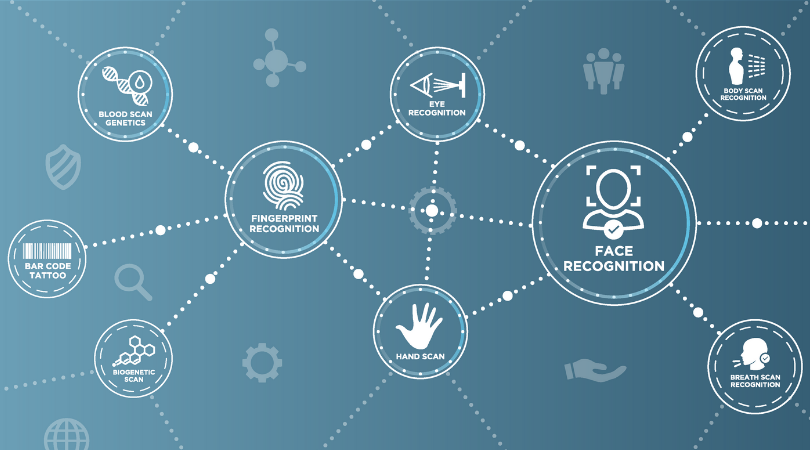Many people immediately think of fingerprints when they hear about biometrics. However, biometrics are about far more than just fingerprints. These days there are a number of different biometric modalities available, from voice authentication to iris recognition and beyond.
Here’s a brief explanation of the main biometric modalities available, the pros and cons of each and their different applications across a range of industries.
What does biometric actually mean?
The term “biometric” comes from a combination of the Greek ‘bios’ meaning ‘life’ and ‘metron’ meaning ‘measure’. Put simply, a biometric is a measurable biological or behavioural characteristic of a living being.
The term “biometric modalities” is used to describe the different types of biometric measurement we have available to us. Those modalities can be categorised under three types:
- Physiological modalities relating to the shape and size of the body such as fingerprint, face and iris biometrics.
- Behavioural modalities relating to human behaviour such as signature, gait and the way an individual types.
- Combination of physiological and behavioural modalities such as voice recognition.
The four most commonly used biometric modalities are fingerprint, iris, face and voice.
- Fingerprint
Fingerprint uniqueness is determined by the patterns made by the ridges and furrows such as arch, whorl and loop. The finger ridge configurations remain consistent throughout life and are unique to each individual. Even twins have different patterns.
Fingerprint recognition is the oldest and most popular biometric modality. It’s been used successfully across a wide range of different industries for decades. Many security systems rely on the fingerprint modality for access control. It’s also commonly used for governmental applications such as passport/visa issuance, law enforcement and forensic purposes.
- Iris
By using infrared illumination to counteract the specular reflection from the cornea, the iris reveals a detail-rich intricate structure making it even more distinctive and unique than an individual’s fingerprint. Because the iris is an internal organ protected by the cornea, it’s resistant to the environment as opposed to fingerprints, making iris recognition the more reliable of the two.
However, iris acquisition devices are relatively expensive compared to other modalities and require user cooperation. As a result, the iris modality is only used in very-high risk use cases such as maximum security in correction centres, Google’s datacentre access and intelligence bureaus.
- Face
The features that make each face unique include distance between the eyes, cheekbones, jaw line, chin, width of nose and shape of mouth among others. With facial recognition, the quality of the capture depends on a number of factors, including lighting conditions, image resolution, facial expression and whether the subject is wearing sunglasses or not.
As humans we are hard-wired to compare faces so it’s easy for us to integrate human and machine based facial recognition.
Even though facial recognition has a medium accuracy rate, it is widely accepted by end users as a convenient and non-invasive method of verification. With the rise of smartphones and selfies, facial recognition has become the most accepted biometric modality for everyday use. Governments are even starting to provide facial recognition as a service relying on their passport, visa and drivers licence databases.
- Voice
Voice biometrics use an individual’s speech patterns including pitch and cadence for identification. This is the only biometric modality that can be used over the phone and it can be combined with other forms of verification like spoken passwords for an extra level of security. Voice biometrics are commonly used in call centres for faster authentication.
Summary
While there’s no single perfect biometric modality out there, biometrics have a great many advantages in an increasingly security conscious world. The user carries their proof of identity with them at all times and an individual’s verification method is always available; it’s not transferable, it’s not guessable and it’s non-repudiable.
To understand more or talk to an Argus representative, inquire here

